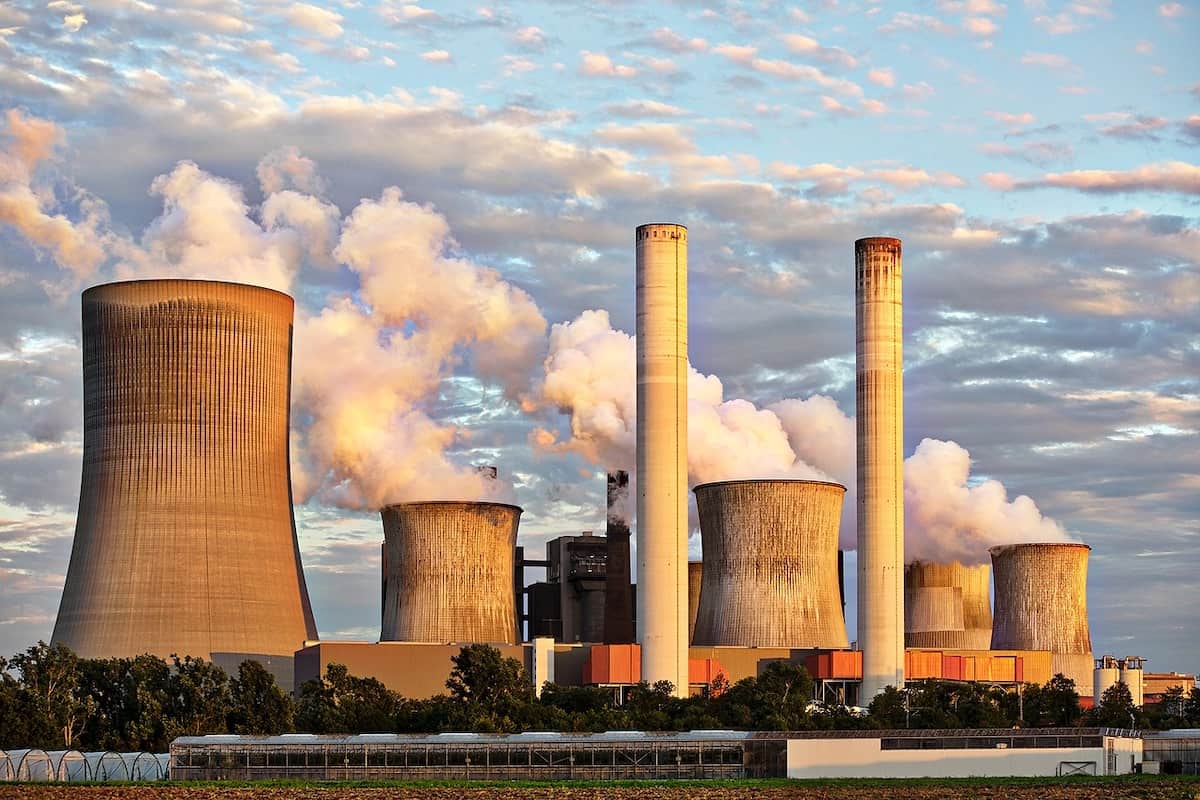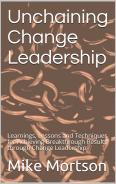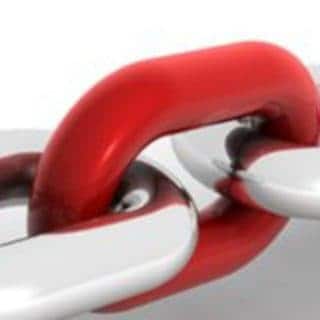
There are power plant asset management issues that, if not properly prepared for, can cost your business an arm and a leg. That’s the reason why strategizing for the management of your power plant’s assets is crucial to prevent problems like unplanned outages.
Fortunately, there are software services that offer solutions to issues in managing power plant assets.
To see an example, visit 60Hertz Energy and take a look at their services.
Additionally, if you’re a plant owner and you’re thinking about effective power plant asset management strategies you can apply to your asset management, then you should read these seven tips.
1. Use A Power Plant Asset Management System
Plant Operations Managers will find it hard to make critical decisions when it comes to the health of the plant’s assets if there are no action-oriented analyses and detailed asset readings. As a power plant owner, you’re responsible for the security of the production process throughout the day. And if your goal is to have a safe, environmentally friendly, and cost-effective supply of energy, consider using mobile data collection to optimize your system.
With detailed analyses and readings, you can improve your asset maintenance schedules, provide the needed tools to take immediate action in an emergency, and improve the quality of data that the Operators collect in the field.
2. Conduct Regular Maintenance
Conditioned-Based Maintenance
Conditioned-based maintenance is also called predictive maintenance. And this technique should be one of the top priorities of power plant managers to detect possible defects in equipment and process, and anomalies in the operation. For instance, instead of planning inspections to see if the equipment is functioning at peak performance, predictive maintenance allows the machines to alert the power plant managers when repairs are needed.
Although operating costs for this type of maintenance can be expensive, predictive maintenance can be great for the longevity of the machine parts.
In fact, according to Electric Power Research Institute (EPRI), predictive maintenance can reduce costs and improve equipment reliability and availability by avoiding equipment downtime, identifying equipment failures before they happen, optimizing power plant maintenance, and lowering the cost of parts and labor.
Total Productive Maintenance
Total productive maintenance (TPM) is a strategy that operates based on the idea that everyone in a facility including machines, equipment, and other supporting processes should be coordinated to maintain the production and quality of systems. TPM should be one of the topmost priorities of power plant managers to ensure that all equipment required for production is operating thoroughly at all times. Total productive maintenance is composed of goals, objectives, and tactics aiming to impact waste, production, and employee morale.
By allowing the staff to take responsibility for maintenance measures, TPM gives you four of its prominent benefits such as lowered manufacturing costs, strengthened workplace safety, less unplanned maintenance, and minimized equipment downtime.
Time-Based Maintenance
Another thing that you should prioritize is time-based maintenance, also known as preventive maintenance. It’s a type of proactive maintenance that regularly and routinely checks on assets and equipment to reduce the likelihood of malfunctions and limit unplanned downtimes that are often expensive.
An excellent preventive plan follows the PDCA model, which includes: planning the baseline for PM frequencies, carrying out the plan regularly for accurate results, checking on failure metrics for each asset, and increasing the frequency of preventive measures if an asset is malfunctioning during maintenance activity, as well as reducing the frequency if there’s no failure between the PMs.
By performing preventive maintenance, you can lessen the severity of unplanned outages, prevent large and costly repairs, keep all equipment operating efficiently, and maintain the safety of your employees.
Risk-Based Maintenance
Risk-based maintenance (RBM) prioritizes resource plant units and components based on the consequences of failures and risks. It involves doing steps such as risk assessment, maintenance planning, as well as reevaluation, and improvement. This strategy is one of the best ways to evaluate the most economical use of money, time, and human resources.
This could be the right strategy for you, especially if your plant depends on highly expensive machinery and you have to manage limited resources for repairs and maintenance. By implementing RBM, you can identify problems before they occur, come up with planned maintenance, extend the useful lifecycle of assets, eliminate low-value work orders, as well as improve safety and reliability.
Corrective Maintenance
This process is also called ‘crisis management.’ And this maintenance is designed to help the power plant deal with sudden equipment issues. Basically, it’s a strategy of anticipating a threat or crisis at the plant and planning how to solve those issues effectively. With this type of maintenance, repairs are done when there are noticeable issues with the equipment’s condition or functionality. For instance, if there’s a valve leakage, maintenance leaders should plan a quick repair in order to limit downtime. Crisis management planning can also help you protect the well-being of your staff and the safety of the general public.
3. Prepare For Power Outages
Outage planning is a crucial process that aims to avoid unanticipated maintenance or repair activities. Whether it’s planned or unplanned, a power outage will impact your plant. That’s why preparing for a planned outage should be one of your priorities. It’s designed to avoid critical business issues like outage cost overrun and outage extension.
There’s an iterative process to perform outage planning, this includes: consolidating reports from prior outages, doing a pre-outage data review, and making sure that your facility is properly equipped. Therefore, when preparing for a planned outage, make sure your trusted engineer has access to vital information such as the inspection data, equipment history, periodic test data, wear rates, conditions assessments, CAD drawings, and photos of previews problems.
Conclusion
Properly monitoring and managing your business assets—like buildings, plant machinery, and equipment—can make your daily operations more efficient. This is why a well-planned asset management process can help you avoid unplanned problems such as malfunctioning of equipment, unplanned outages, and other emergencies that require an immediate response.
And you can use the seven tips above to help you develop the best strategies you can implement for your asset management.
Power plant asset management article and permission to publish here provided by Claire Glassman. Originally written for Supply Chain Game Changer and published on November 25, 2021.
- SEO Powered Content & PR Distribution. Get Amplified Today.
- Platoblockchain. Web3 Metaverse Intelligence. Knowledge Amplified. Access Here.
- Source: https://supplychaingamechanger.com/7-tips-for-effective-power-plant-asset-management/
- 2021
- 7
- a
- About
- above
- access
- According
- accurate
- Action
- activities
- activity
- Aiming
- aims
- Alert
- All
- Allowing
- allows
- and
- anticipating
- Apply
- ARM
- article
- assessment
- assessments
- asset
- asset management
- Assets
- availability
- avoiding
- based
- Baseline
- Basically
- before
- benefits
- BEST
- between
- business
- CAD
- called
- carrying
- chain
- Changer
- checking
- Checks
- collect
- come
- components
- composed
- condition
- conditions
- Conduct
- Consequences
- Consider
- consolidating
- coordinated
- Cost
- cost-effective
- Costs
- could
- crisis
- critical
- crucial
- daily
- data
- day
- deal
- decisions
- depends
- designed
- detailed
- develop
- doing
- downtime
- Drawings
- during
- each
- Effective
- effectively
- efficient
- efficiently
- Electric
- eliminate
- emergency
- Employee
- employees
- energy
- engineer
- ensure
- environmentally
- environmentally friendly
- equipment
- equipped
- especially
- evaluate
- everyone
- example
- excellent
- expensive
- extend
- extension
- Facility
- Failure
- field
- Find
- follows
- Frequency
- friendly
- from
- functionality
- functioning
- game
- game-changer
- General
- general public
- gives
- goal
- Goals
- great
- happen
- Hard
- Health
- help
- here
- highly
- history
- How
- How To
- HTTPS
- human
- Human Resources
- idea
- identify
- identifying
- immediate
- Impact
- implement
- implementing
- improve
- improvement
- in
- includes
- Including
- increasing
- information
- instance
- instead
- Institute
- issues
- IT
- Keep
- known
- labor
- large
- leaders
- LIMIT
- Limited
- longevity
- Look
- machine
- machinery
- Machines
- maintain
- maintenance
- make
- Making
- malfunctions
- manage
- management
- Managers
- managing
- manufacturing
- measures
- Metrics
- Mobile
- model
- money
- monitoring
- more
- more efficient
- most
- needed
- November
- objectives
- offer
- ONE
- operates
- operating
- operation
- Operations
- operators
- Optimize
- optimizing
- order
- orders
- originally
- Other
- outage
- Outages
- owner
- parts
- Peak
- perform
- performance
- performing
- periodic
- permission
- plan
- planned
- planning
- plato
- Plato Data Intelligence
- PlatoData
- PMS
- possible
- power
- Prepare
- prepared
- preparing
- prevent
- Previews
- Prior
- Prioritize
- Proactive
- problems
- process
- processes
- Production
- productive
- prominent
- properly
- protect
- provide
- provided
- public
- publish
- published
- quality
- Quick
- Rates
- Read
- reason
- reduce
- reducing
- regular
- regularly
- reliability
- repair
- Reports
- require
- required
- research
- resource
- Resources
- response
- responsibility
- responsible
- Results
- review
- Risk
- risk assessment
- risks
- routinely
- safe
- Safety
- security
- Services
- seven
- should
- Software
- Solutions
- SOLVE
- Staff
- Steps
- strategies
- Strategy
- such
- sudden
- supply
- supply chain
- Supporting
- system
- Systems
- tactics
- Take
- test
- The
- their
- therefore
- thing
- Thinking
- thoroughly
- threat
- throughout
- time
- times
- tips
- to
- tools
- top
- topmost
- Total
- trusted
- units
- use
- valve
- vital
- Waste
- ways
- whether
- which
- will
- Work
- Workplace
- written
- Your
- zephyrnet












